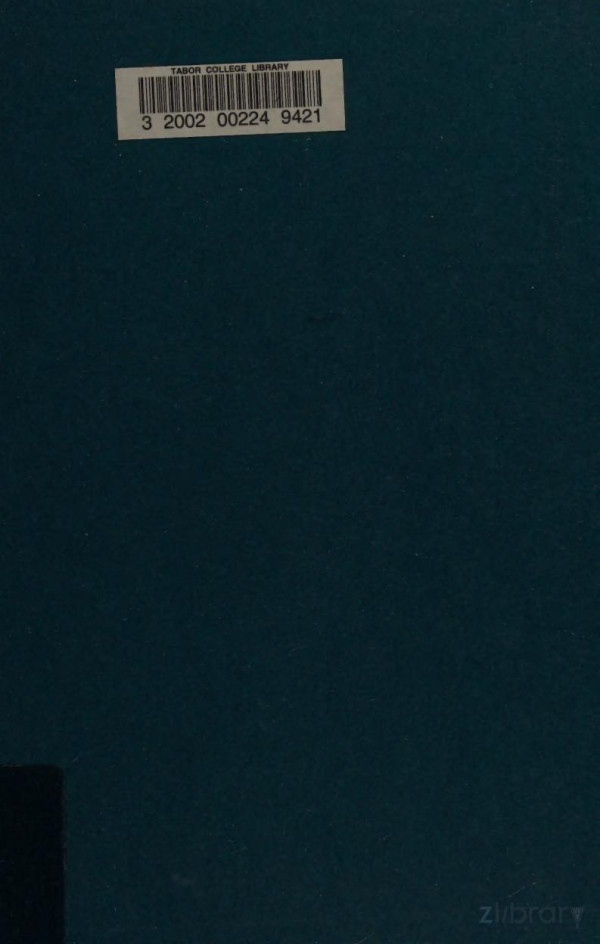

Most ebook files are in PDF format, so you can easily read them using various software such as Foxit Reader or directly on the Google Chrome browser.
Some ebook files are released by publishers in other formats such as .awz, .mobi, .epub, .fb2, etc. You may need to install specific software to read these formats on mobile/PC, such as Calibre.
Please read the tutorial at this link: https://ebookbell.com/faq
We offer FREE conversion to the popular formats you request; however, this may take some time. Therefore, right after payment, please email us, and we will try to provide the service as quickly as possible.
For some exceptional file formats or broken links (if any), please refrain from opening any disputes. Instead, email us first, and we will try to assist within a maximum of 6 hours.
EbookBell Team

4.3
48 reviewsThis is also intended to be a book about the reading of cultural texts and, as such, is invested in the materiality of the text. Over the past two decades, the artist and the work of art have been factored by a number of social imperatives resulting in new aesthetics that insist that the principle of aesthetic disruption, whether gender, race, class, or sexual preference, is not merely anecdotal but crucial to a proper understanding of the work. In a similar light, I want to look at intoxication as part of the deep structure of culture, standing in a powerful relationship to the production of art. More than most of the indexes listed above, mine (along with sexual preference) has a long-standing intimacy with creativity. Many artistic periods exhibit a tantalizing connection to intoxication: Romantic writers with opium, later-nineteenth-century French poets and painters with absinthe, and twentieth-century American novelists and painters with whiskey or the gin martini.